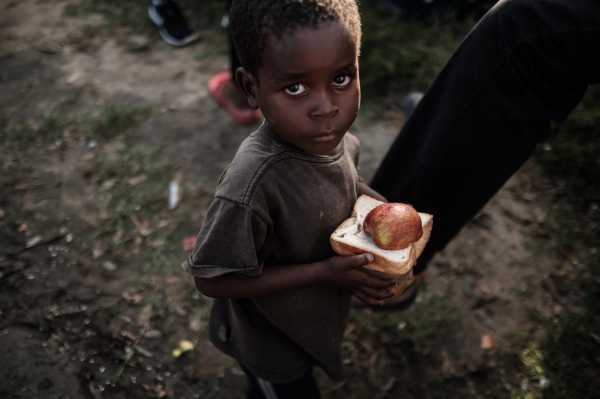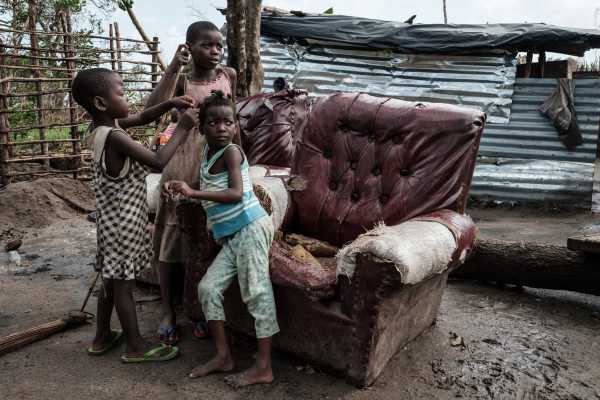
It’s been three weeks since a fierce tropical cyclone tore through Mozambique, Zimbabwe, and Malawi, killing hundreds and leaving 600,000 people displaced.
Now, as cholera begins to spread among the victims of Cyclone Idai, relief workers are worried a “second disaster” is on the horizon.
Cholera is an often-deadly intestinal disease caused by drinking water or food tainted with sewage and human waste carrying the bacteria Vibrio cholerae. Reports indicate that there are 139 cases of cholera in the port city Beira, Mozambique, and that number is expected to rise (no cases have been reported yet in Zimbabwe or Malawi). There are no confirmed deaths from cholera so far.
If V. cholerae starts spreading, it can be difficult to control. Outbreaks usually happen when a country’s health, hygiene, and water systems break down — and that’s why they can appear after a natural disaster or amid a humanitarian crisis. (It happened in the 2010 earthquake in Haiti. It’s happening right now in Yemen.)
Not everyone who gets cholera gets gravely ill, but about one in 10 experience the profuse, watery diarrhea and vomiting that can lead to dehydration, and sometimes death.
The good news is that if people are treated quickly with rehydration solutions (and sometimes, antibiotics), cholera is survivable. After treatment, the death rate drops from 50 percent to less than 1 percent. There are also effective cholera vaccines.
In response to the current crisis in Mozambique, the World Health Organization reports it is sending 900,000 doses of cholera vaccine to the region, and has set up seven treatment centers in Mozambique. Relief workers will now be scrambling to contain this outbreak, and prevent other water-borne diseases from spreading, before it balloons into an epidemic.
The humanitarian crisis in Mozambique is immense
On March 15, Cyclone Idai brought intense, flooding rain and an estimated 13 feet of deadly storm surge to some coastal areas in Mozambique. The result of all that water: An “inland ocean” formed near Beira. It was a huge amount of water, measuring around 80 miles long by 15 miles wide. (The WHO is also “preparing for a spike in malaria,” as mosquitos flourish in the water-soaked ruins of communities.)

The disease threat underscores the scale of the humanitarian crisis unfolding in the region. Across Mozambique, Zimbabwe, and Malawi, more than 100,000 people lost their homes and all of their possessions in the storm. Beira, Mozambique, suffered the brunt of the storm, with relief workers reporting that the city of 400,000 people was 90 percent destroyed. The official death toll in Mozambique is 468, but it could climb higher. (There were 259 deaths in Zimbabwe, and 56 in Malawi). Additionally, 91,000 homes were destroyed in Mozambique, the UN reports, and 128,000 people are living in shelters.
Making matters worse “Cyclone Idai’s wreckage came on top of an already serious food insecurity situation in Mozambique,” the UN Office for the Coordination of Humanitarian Affairs, reports. “From September to December 2018, an estimated 1.78 million people… were severely food insecure in the country.” Those problems are now exacerbated by the storm. The United Nations World Food Programme has classified the situation in Mozambique as its highest-level emergency.
And that brings us back to cholera spreading in Beira.
“Malnutrition and cholera are interconnected,” Jamie McGoldrick, the UN humanitarian coordinator for Yemen told the Washington Post. “Weakened and hungry people are more likely to contract cholera and cholera is more likely to flourish in places where malnutrition exists.”
You can help the victims of Cyclone Idai by donating to UNICEF, the International Medical Corps, Global Giving’s relief fund, Save the Children, the Red Cross, Catholic Relief Services, or Doctors Without Borders.
Sourse: vox.com






